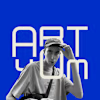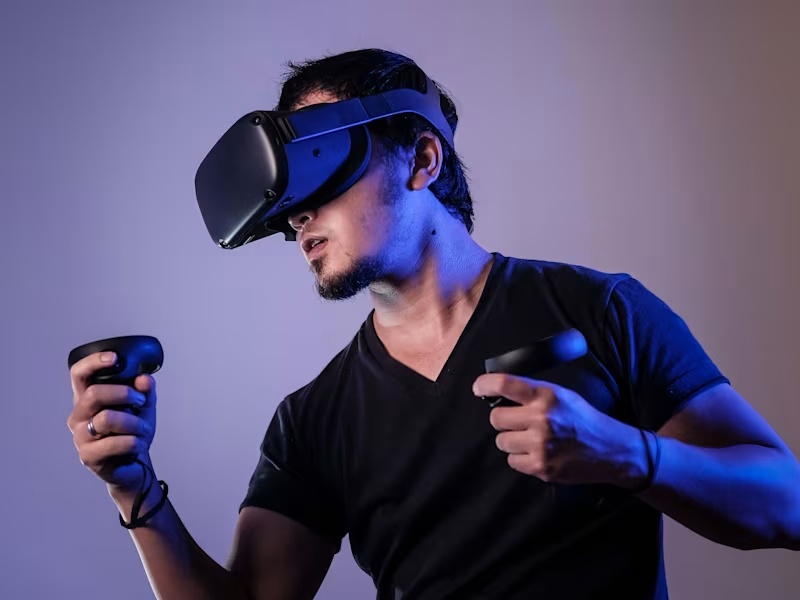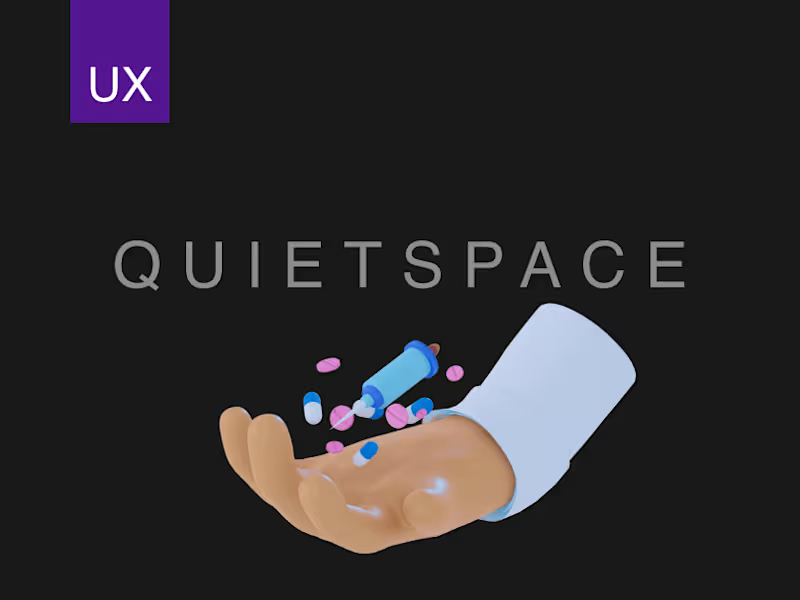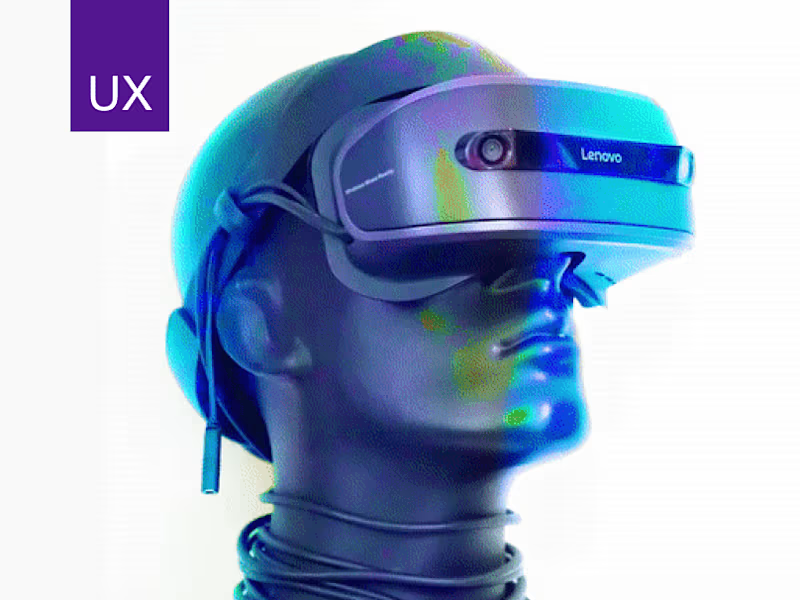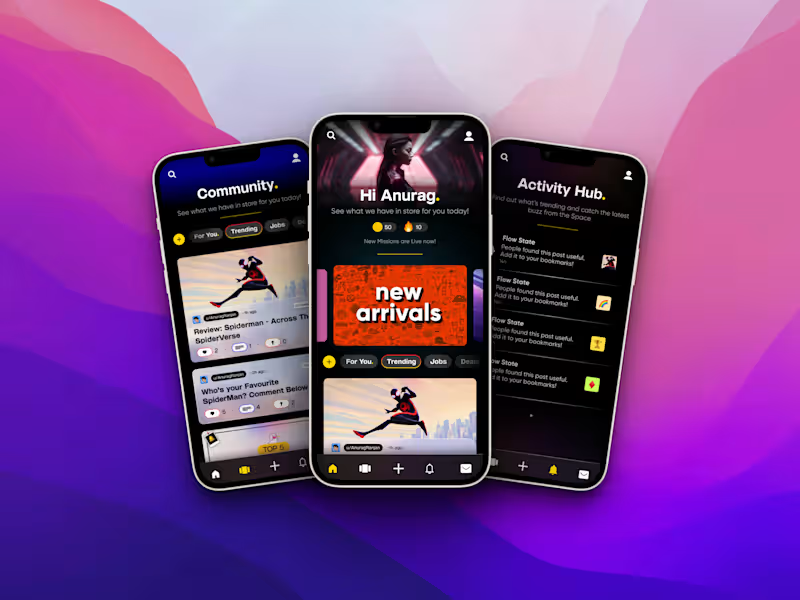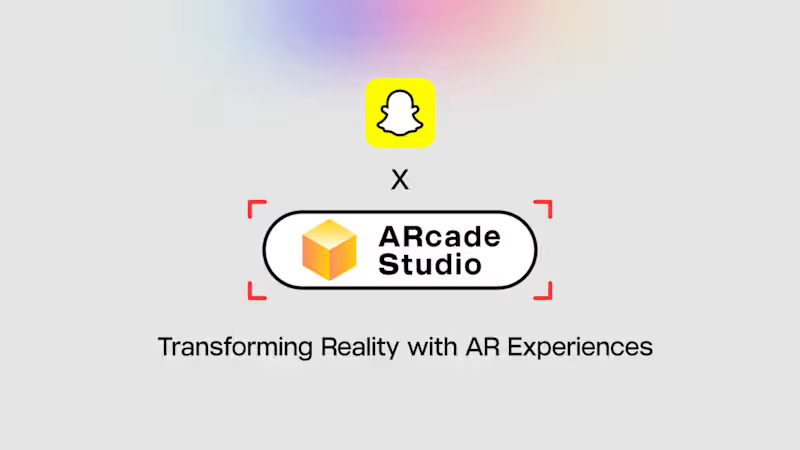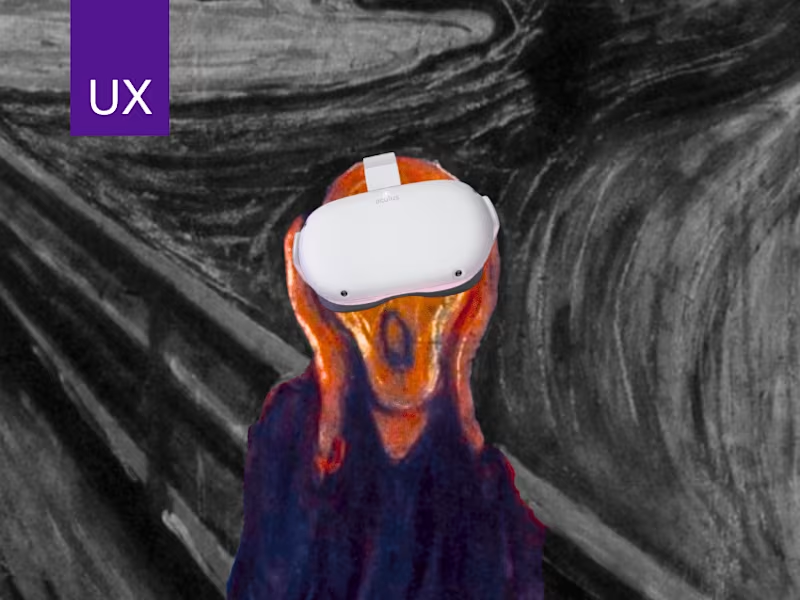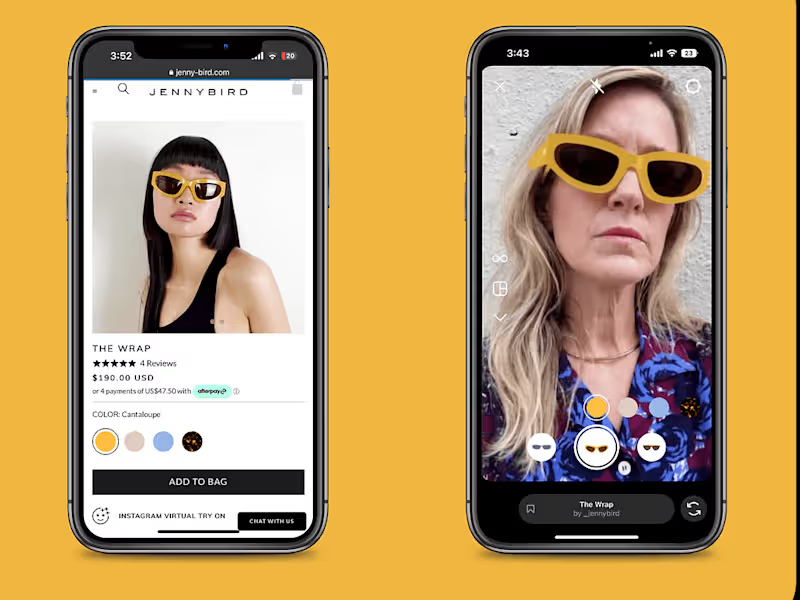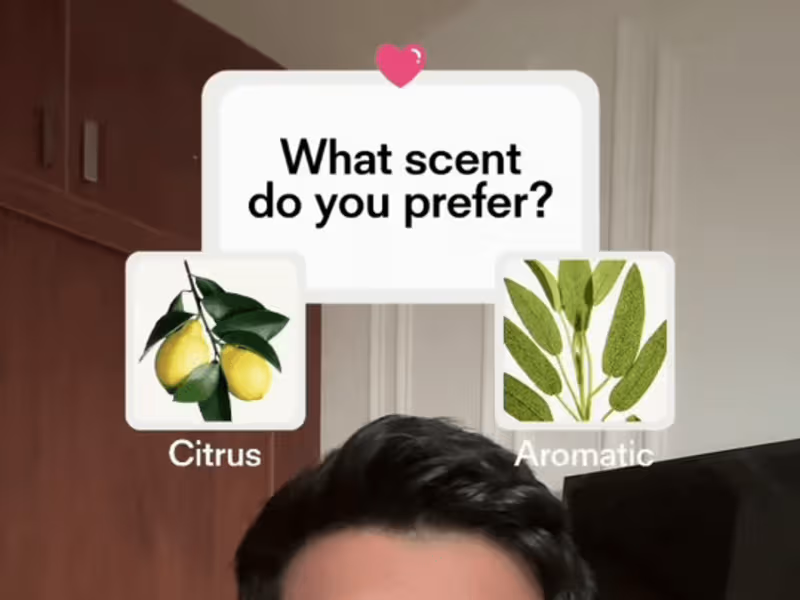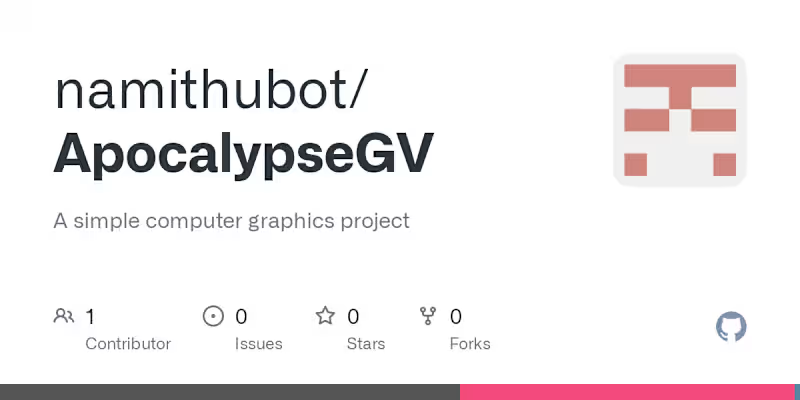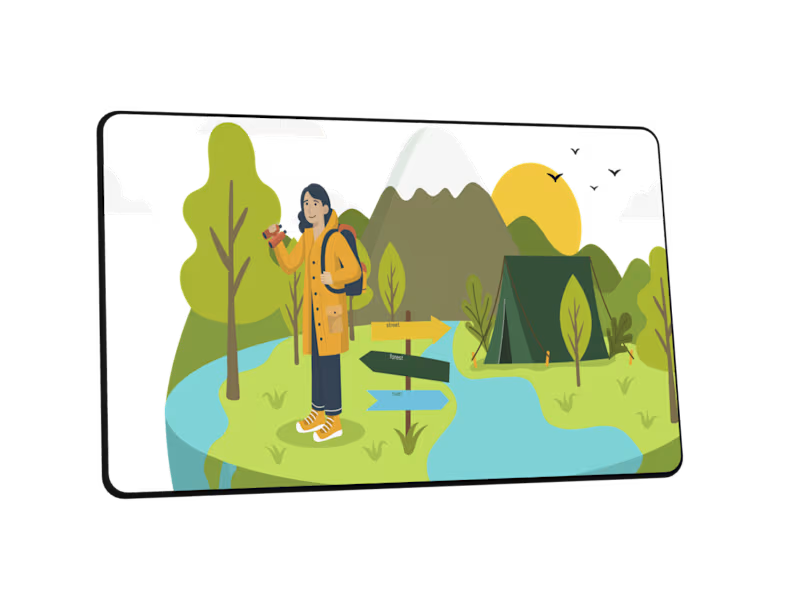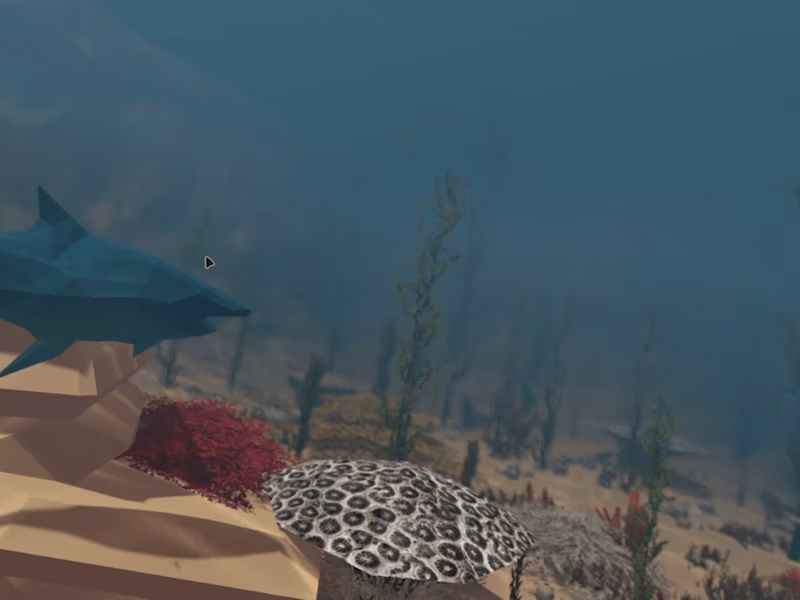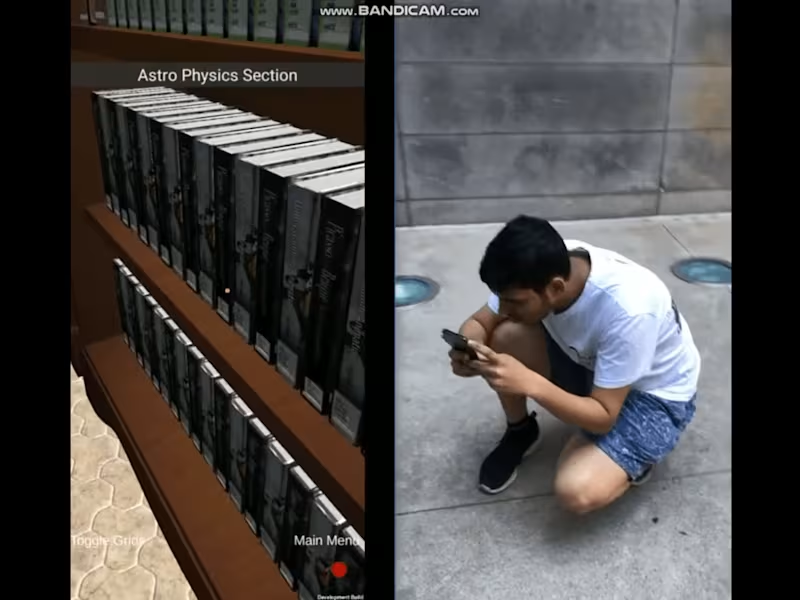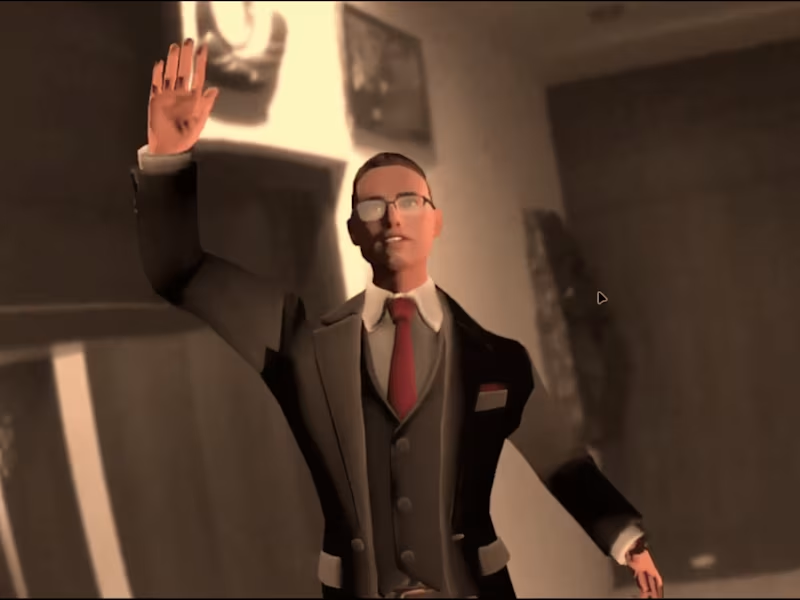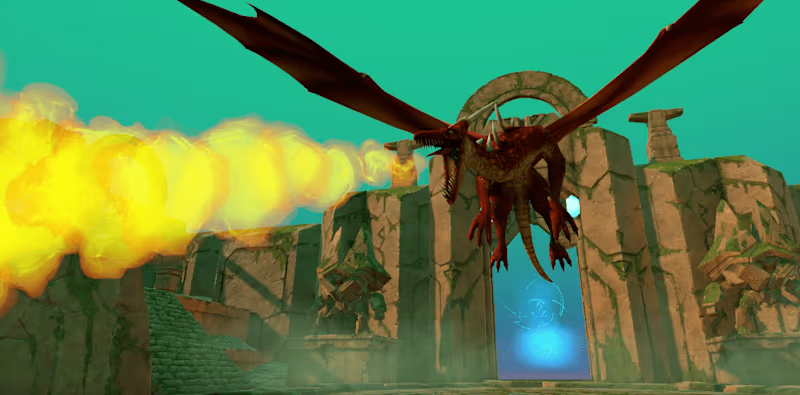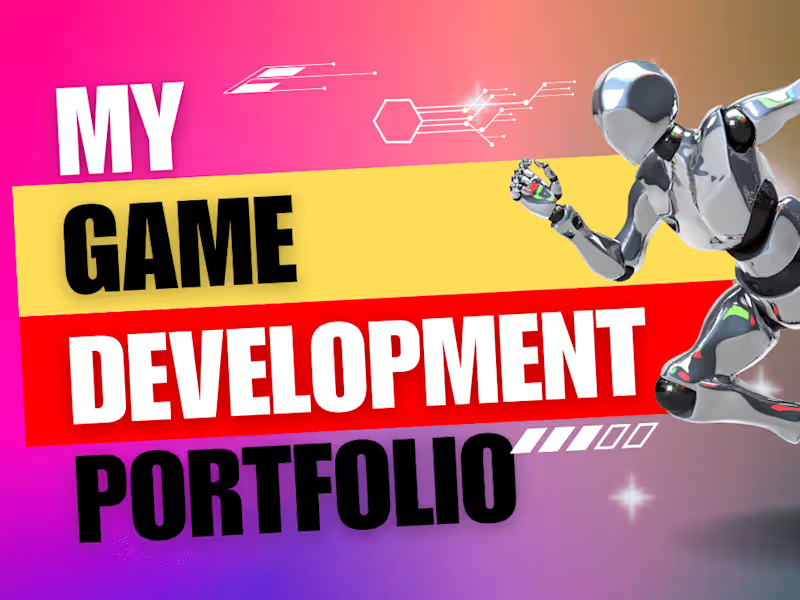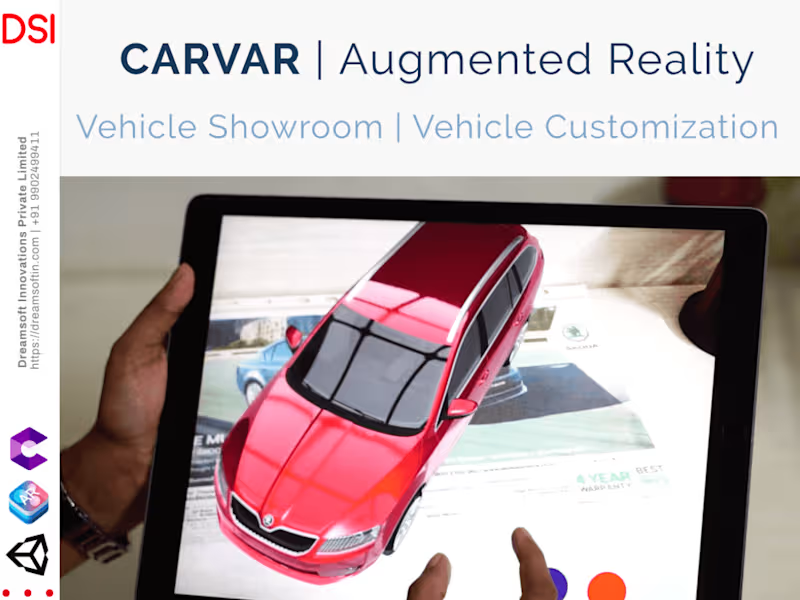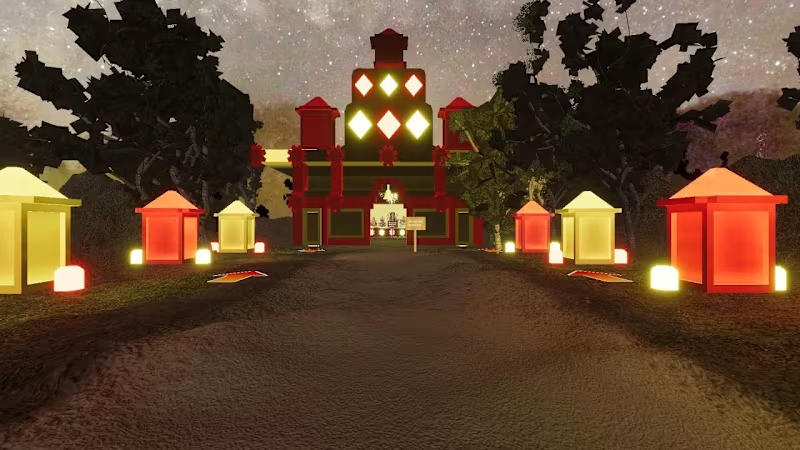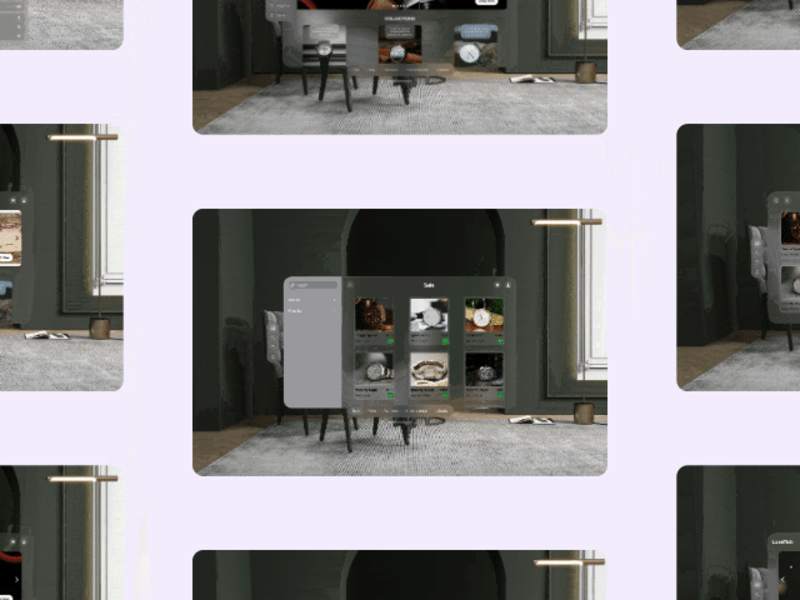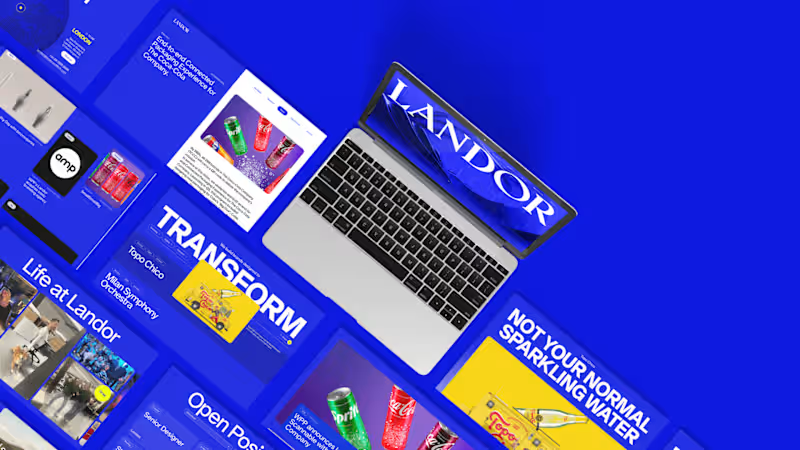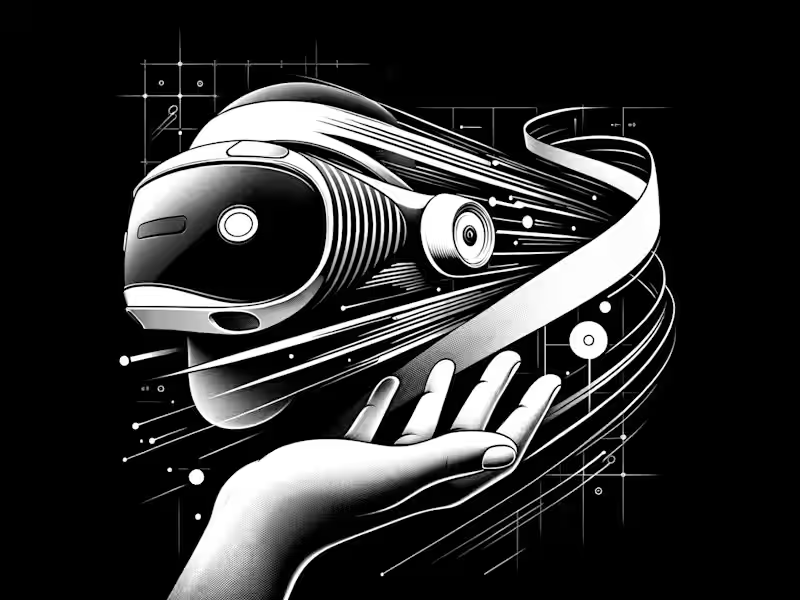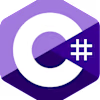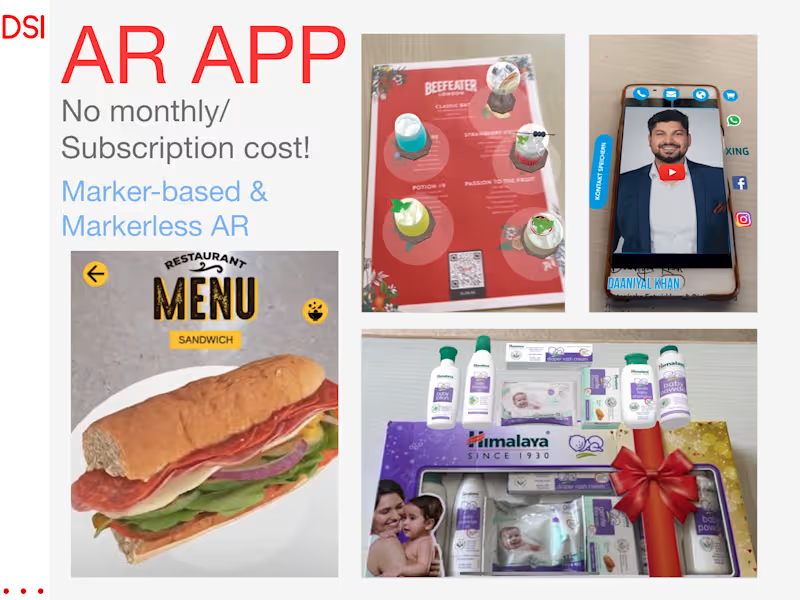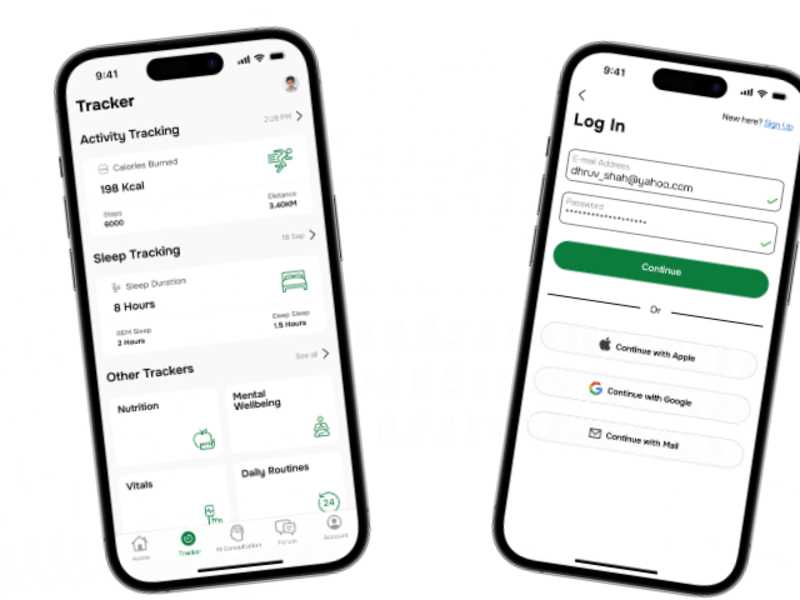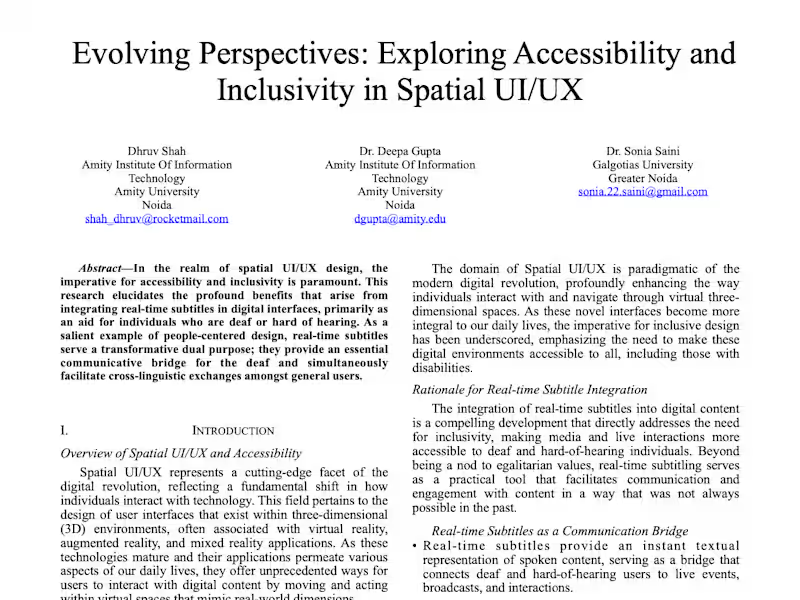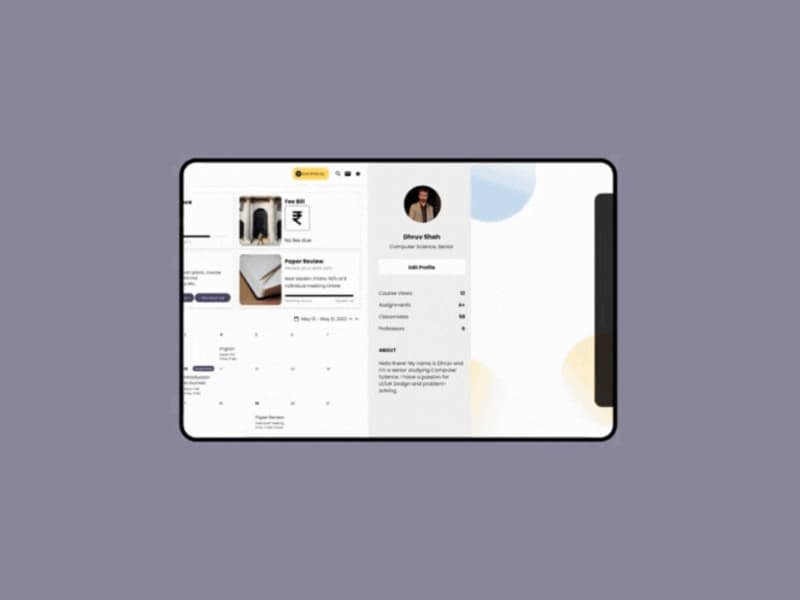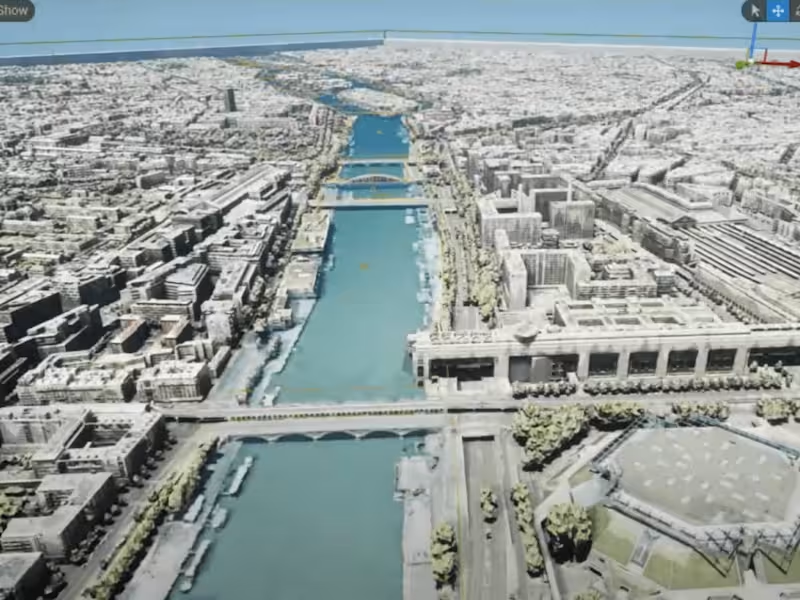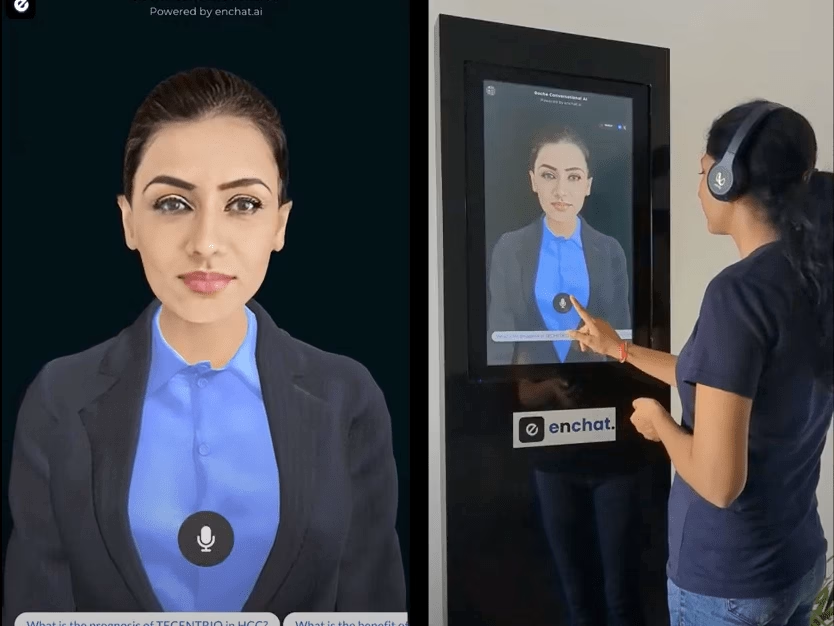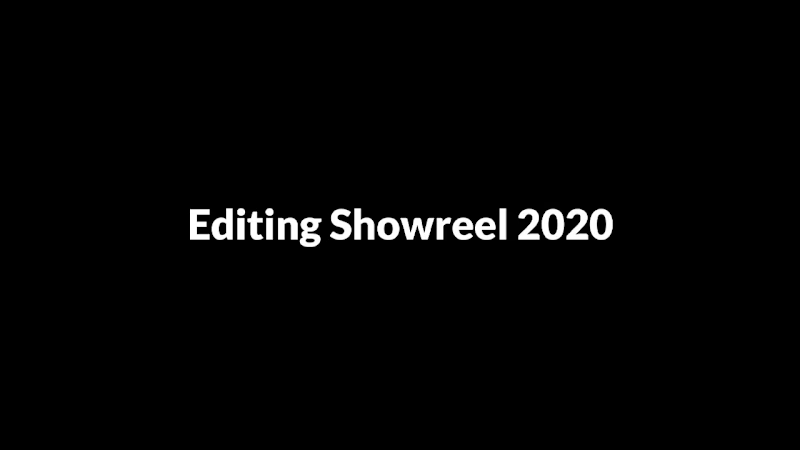What skills should I look for when hiring an AR/VR developer?
AR/VR developers need to know programming languages like C# or C++. They should have experience with tools like Unity or Unreal Engine. Look for someone who has built AR/VR projects before. It's a plus if they understand 3D modeling too. This mix of skills helps them create immersive experiences.
How can I describe my AR/VR project clearly to a developer?
Start with what you want the final product to look like. Explain the main features and functions you need. Share any sketches or design elements you have. Discuss the platforms you're targeting, like VR headsets or mobile AR. This helps the developer understand your vision better.
What should I include in the project scope for an AR/VR developer?
Include a detailed list of features. Set clear deliverables and deadlines. Mention the platforms, like Oculus or ARKit, that you want to use. Define the level of interactivity and graphics quality needed. This keeps both you and the developer on the same page.
How do I ensure that the AR/VR developer meets my project requirements?
Ask for a project plan from the developer. Request regular updates and check-ins. Use prototypes or demos to review early progress. Make sure they have access to the hardware they need. This process will help keep the project on track.
What timeline should I anticipate for an AR/VR project?
The timeline depends on project size and complexity. Simple projects take weeks, but more advanced ones might need months. Ask the developer for an estimated timeline. Be ready for testing phases, as they can take time too. This way, you'll have a realistic expectation.
How do I handle the design elements in my AR/VR project?
You can provide your own designs or hire a designer. Talk about graphics quality and style with the developer. Ensure all design files are compatible with the tools they're using. Collaborate closely for the best results. This ensures the visuals match your vision.
What key questions should I ask before starting an AR/VR project?
Ask if the technology supports your idea. Check if the budget aligns with project scope. Clarify the maintenance required post-launch. Inquire if current hardware can handle it. This preparation answers many potential questions in advance.
How do I set realistic expectations for my AR/VR developer?
Begin with a project brief that's clear and detailed. Discuss any technical challenges you foresee. Set a balanced schedule for work and feedback. Agree on communication methods and frequency. This alignment helps set achievable targets.
What kind of support and feedback should I offer during the AR/VR development?
Be available for questions and clarification. Offer constructive feedback on demos. Provide resources like art assets if needed. Stand by for testing sessions. Your collaboration speeds up the process.
Who is Contra for?
Contra is designed for both freelancers (referred to as "independents") and clients. Freelancers can showcase their work, connect with clients, and manage projects commission-free. Clients can discover and hire top freelance talent for their projects.
What is the vision of Contra?
Contra aims to revolutionize the world of work by providing an all-in-one platform that empowers freelancers and clients to connect and collaborate seamlessly, eliminating traditional barriers and commission fees.




























